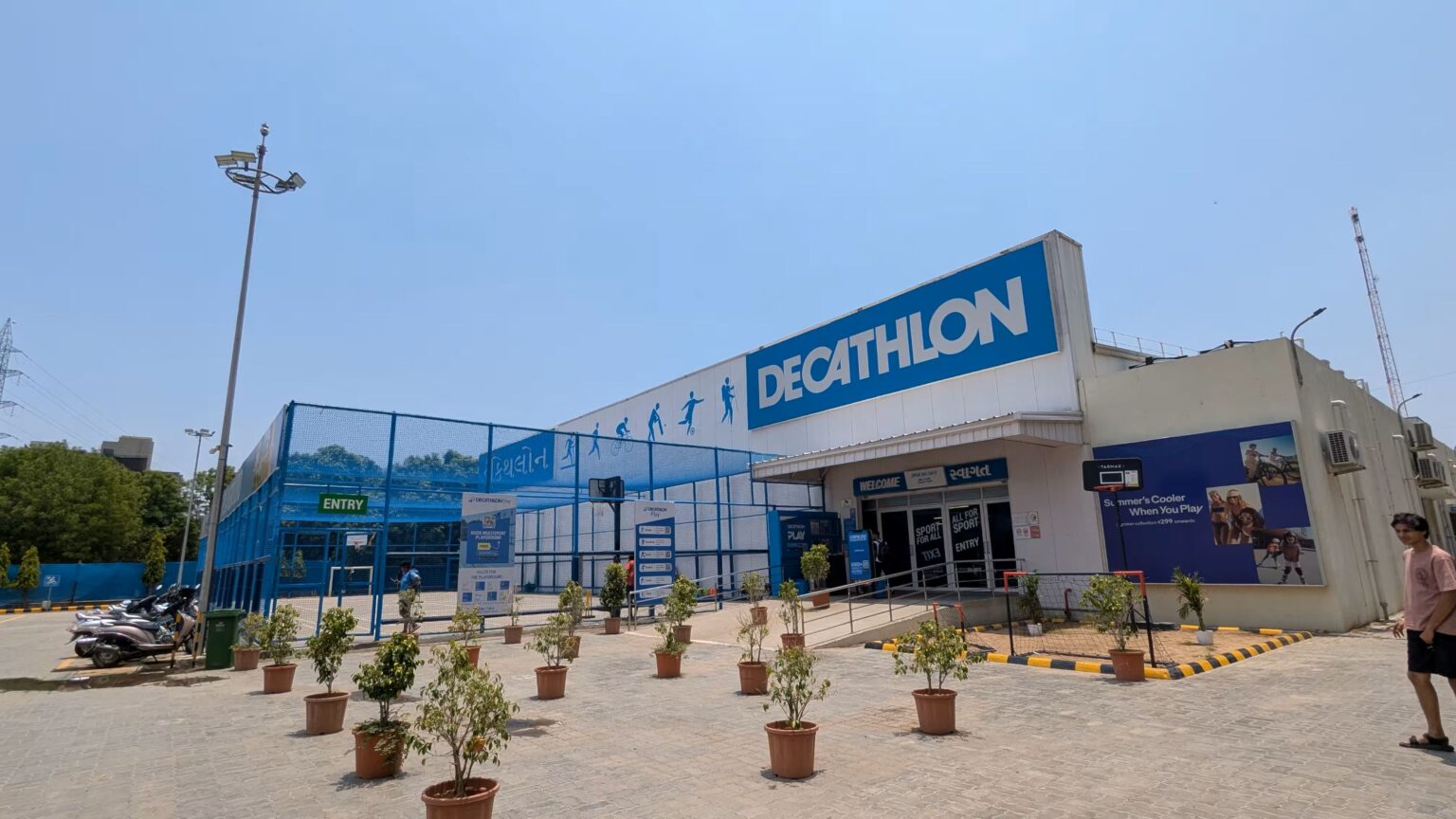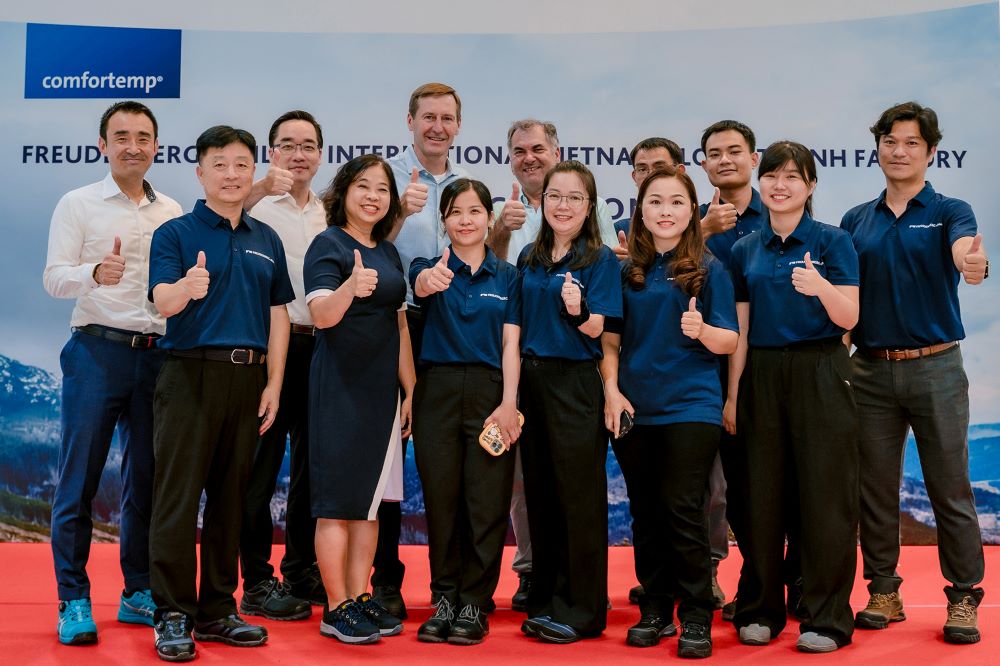With over nine decades of heritage, Arvind Limited stands as one of India’s most respected names in textile manufacturing and innovation. Guided by the visionary leadership of Chairman Mr. Sanjay Lalbhai, the company has consistently demonstrated a unique ability to anticipate market shifts, invest ahead of the curve, and integrate sustainability with profitability. As global supply chains undergo a major reset, Arvind is positioning itself for transformative growth—especially through bold investments in its Advanced Materials Division (AMD), cutting-edge automation, circularity, and high-performance textile solutions.

Leadership That Brings the ‘Next to Now’
“At Arvind, as a true industry leader, what we have inculcated as a habit is to foresee the future and plan our actions to bring the ‘Next to Now’,” says Mr. Sanjay Lalbhai. This philosophy drives every aspect of Arvind’s strategy, from operational agility to vertical integration. The company’s current roadmap focuses on future-proofing its operations through deliberate investments in technology, new capacity, and greener manufacturing models. “True leadership is about turning foresight into action,” Mr. Lalbhai adds, “and enabling a team to build a repeatable model that shapes the future today.”
Advanced Materials: At the Core of Future Growth
The centerpiece of Arvind’s strategic growth is its Advanced Materials Division (AMD), which has received a capital infusion of ₹400–500 crores. The segment addresses high-growth, high-value sectors such as defence, aerospace, industrial protection, and automotive, with a strong emphasis on sustainability, technical innovation, and compliance.
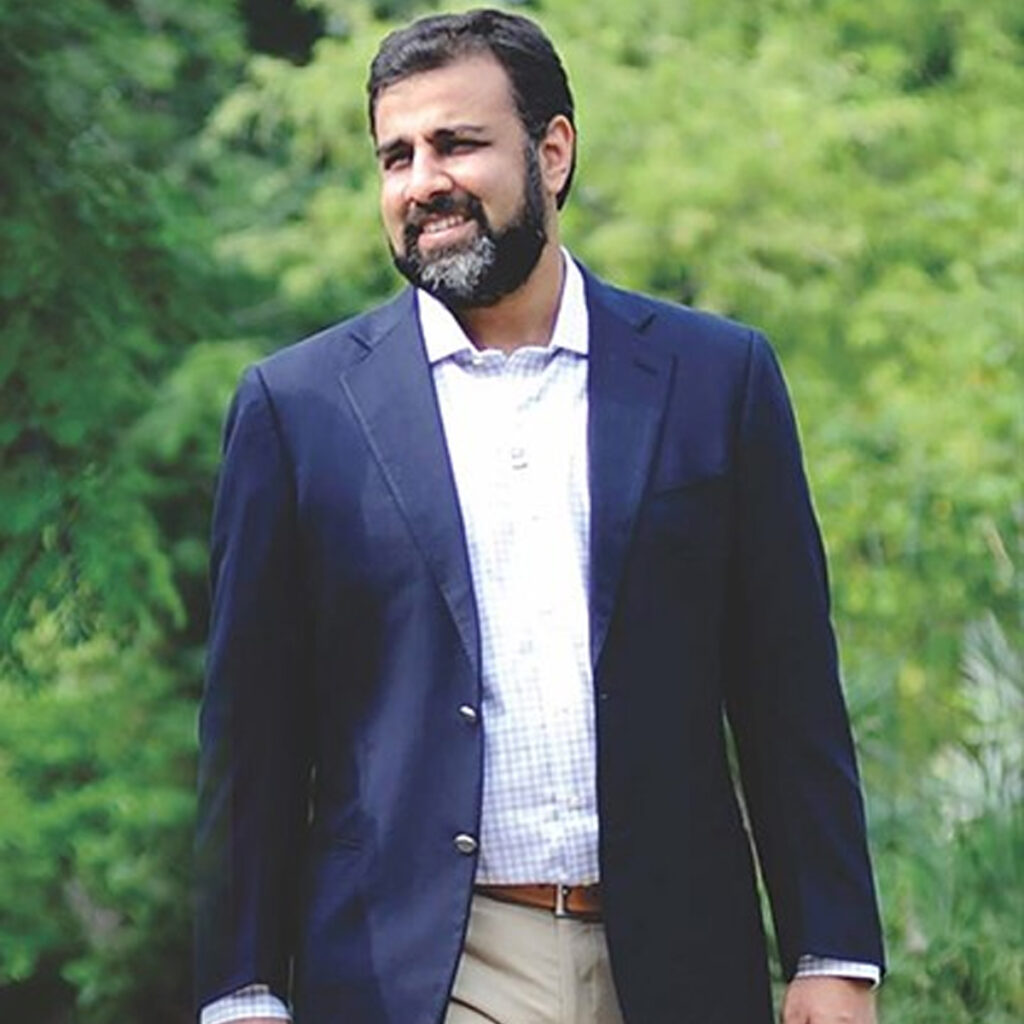
In FY25, AMD reported revenues of ₹1,544 crores, reflecting an 8% increase over the previous year. The division operates through three key clusters: Human Protection, Industrials, and Composites—all of which showed healthy growth. The ability to blend high-performance materials with advanced chemistry has made AMD a cornerstone of Arvind’s differentiated business model. This is a business designed not only for volume but for resilience, margin, and long-term strategic positioning in global markets.
Scaling Garmenting and Fibre-to-Fashion Integration
In tandem with AMD, Arvind is scaling its garmenting operations, aiming to exceed 60 million pieces annually. In FY25, the integrated textile division, encompassing both fabric and garmenting, recorded a 16% year-over-year volume growth, reaching 37 million pieces with over 95% capacity utilisation. The company’s garmenting factory in Bangalore has become a benchmark for Industry 4.0 implementation, showcasing automation, data integration, and smart planning.
New facilities are being built in Varanasi, with further expansion planned in Jharkhand, Madhya Pradesh, and Odisha. These hubs will enhance vertical integration, improve logistics efficiency, and allow Arvind to respond faster to market needs. “Our expansion is not just about scale, but about strategic relevance and agility,” Mr. Lalbhai emphasizes.
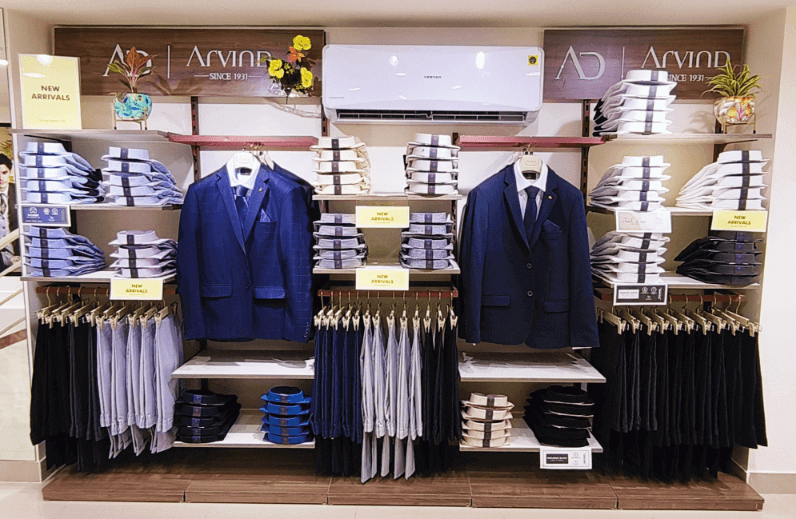
Innovation as a Core Competency
Innovation at Arvind extends beyond production scale to materials and processes. In FY25, the company introduced several breakthrough technologies. The patented COEX® flame-retardant biopolymer, for example, offers zero harmful emissions and maintains flame resistance even in synthetic blends, setting a new standard in safety textiles.
Further pushing the sustainability envelope, Fibre52, a low-temperature, bioproduct-based cotton bleaching solution, and Altag Yarns, developed from agricultural residues, have been integrated into Arvind’s product portfolio. These innovations support circularity, reduce environmental impact, and enable diverse fabric applications.
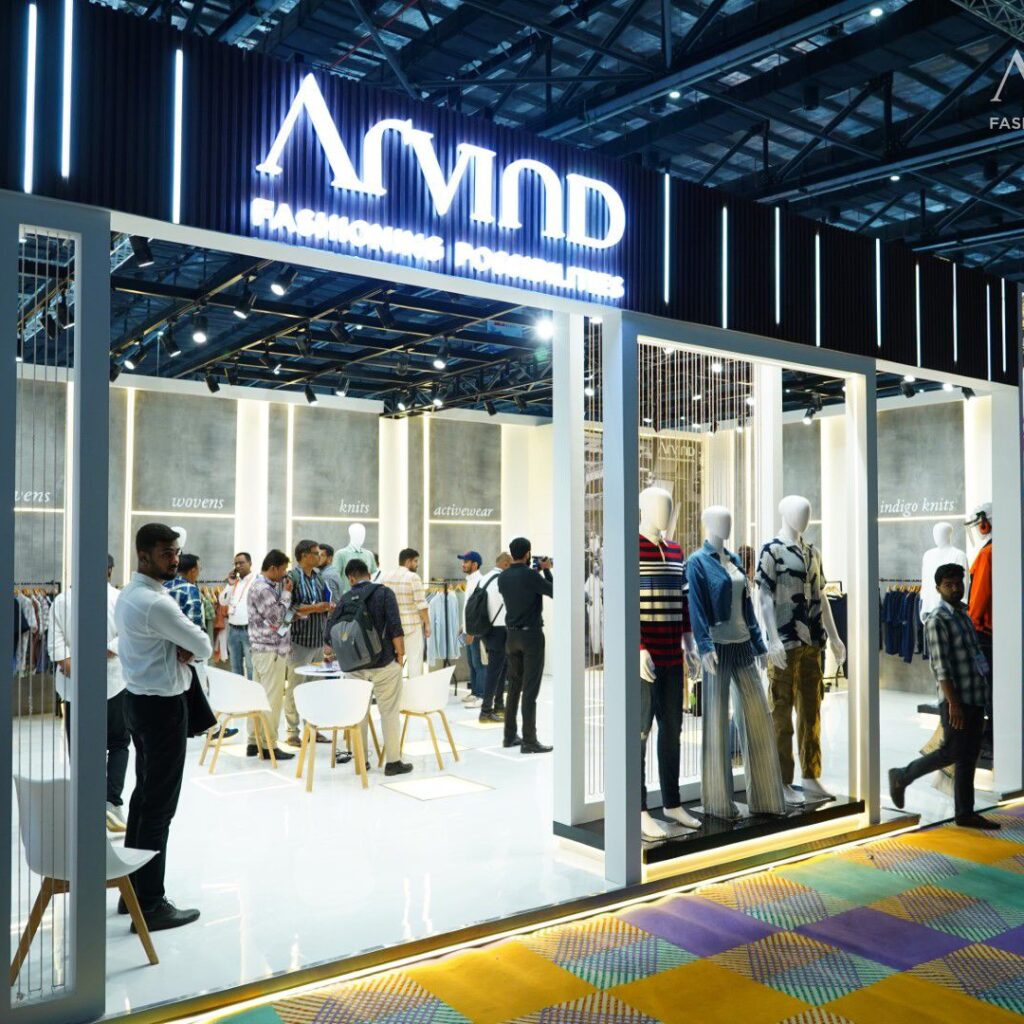
The company has also adopted productivity-enhancing technologies such as the 4-cylinder Jigger Machine (offering up to 40% efficiency improvement), spray application techniques, and bio-based repellents—all of which contribute to a reduced environmental footprint while enhancing performance.
Sustainability and Circularity: Not Just a Goal, But a Commitment
Arvind’s approach to sustainability is both systemic and measurable. The company has taken bold steps to embed circularity into its business model. In partnership with PurFi Global, Arvind is establishing a large-scale textile circularity facility in Gujarat. Starting with a capacity of 3,500 MT, the plant will scale over four years and support global brands in achieving their 2030 circularity goals.
Additionally, Arvind has acquired a stake in a hybrid energy project for captive consumption, aligned with its goal of achieving carbon neutrality. This investment is financially viable as well—with a payback period under two years and an expected 30–40 basis point contribution to operating margins. The company also remains committed to eliminating coal use across all plants by 2029 and continues to adopt water-saving dyeing technologies such as supercritical CO₂ dyeing.
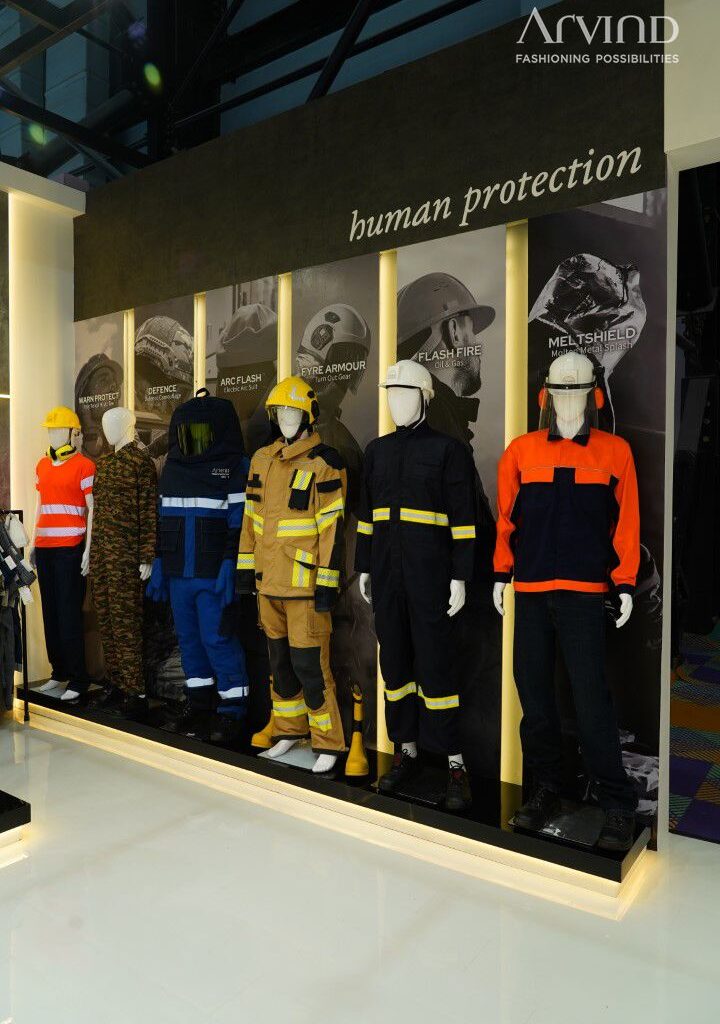
The blueprint for Gujarat’s first near net-zero textile facility, being developed with Fashion for Good, will be launched by September 2025. “This project demonstrates how emissions can be reduced by up to 93%, water can be conserved, and worker well-being can be prioritised. It is our model for Future Forward Factories,” says Mr. Lalbhai.
Digitisation and Automation Powering Industry 4.0
Automation and digital transformation are critical enablers of Arvind’s operational efficiency. The company is deploying Internet of Things (IoT) solutions in areas such as dyeing, finishing, and sizing, allowing real-time assessment of downtimes and enabling rapid corrective action. Blockchain is being implemented to enhance transparency and traceability, especially in compliance-heavy segments.
Human-Machine Interfaces (HMI) have been introduced to manage chemical dosing, sewing line operations, and washing processes. Centralised ERP via SAP ensures streamlined decision-making through real-time data analytics. All of these systems contribute to a smarter, more agile manufacturing ecosystem.
Financial Performance and Looking Ahead
Despite macroeconomic challenges, Arvind maintained strong operational and financial performance in FY25. With consistent execution, capacity utilisation above 95%, and steady improvement in garmenting, the company is entering FY26 with momentum.
A capital outlay of ₹450–475 crores is earmarked for FY25 as part of a three-year investment plan until FY27. This includes capacity additions in AMD and garmenting and modernising the fabric base to retain its market-leading differentiation.
As Mr. Lalbhai notes, “The Arvind of today is the Arvind that we had progressively built through our focused investments in automation, vertical integration, and innovation—while caring for the only habitable place in the entire cosmos.”
Arvind Limited’s future-forward strategy is a balanced confluence of vision, technology, and responsibility. With deep investments in its Advanced Materials Division, rapid scaling of garmenting, and bold steps in sustainability and circularity, Arvind is not just responding to global trends—it is shaping them. As India’s textile sector prepares to lead on the global stage, Arvind, under the thoughtful stewardship of Mr. Sanjay Lalbhai, stands firmly at the vanguard—crafting the future of fashion, fibre by fibre.


